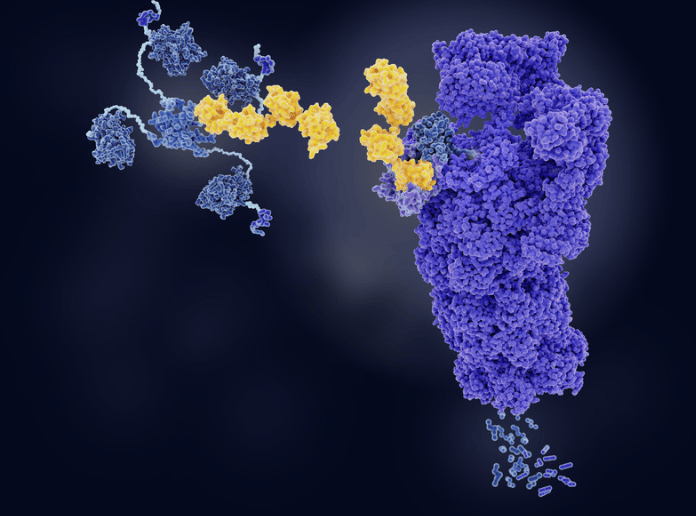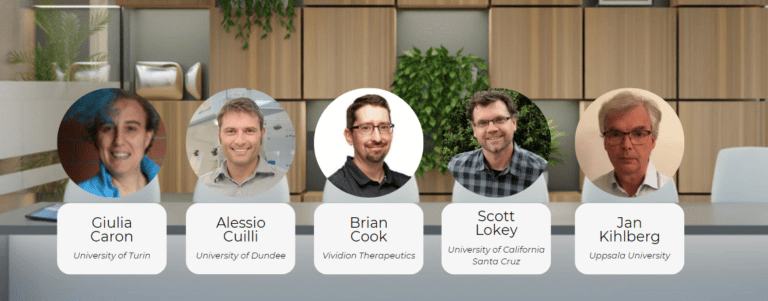PROTACS
Physicochemical
properties
workshop
2021
Physicochemical Properties of PROTACS: Challenges and Findings
CASE STUDIES

PROTACS
Physicochemical
Properties
Workshop
2022
SPEAKERS

Mechanistic insight into how PROTACs may cross cell membranes
Jan Kihlberg, Ph.D.
Uppsala University

Designing and optimising PROTACs: Guiding principles and lessons learnt
Alessio Cuilli, Ph.D.
University of Dundee

Optimization of orally bioavailable targeted protein degraders
Brian Cook, Ph.D.
Vividion

Esters vs. Amides: Single-atom substitutions have a big effect on PROTAC properties
Scott Lokey, Ph.D.
University of California Santa Cruz

Lipophilicity beyond octanol/water in the bRo5 chemical space
Giulia Caron, Ph.D.
University of Turin
Discussion Topics

Permeability SAR for PROTACS
In-vitro and in-vivo data correlations
Subscribe to
Our Mailing List
Subscribe to receive news about future events!
Recent Posts
Missed an event? Read about it in our blog!





